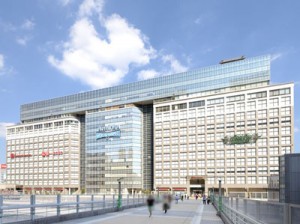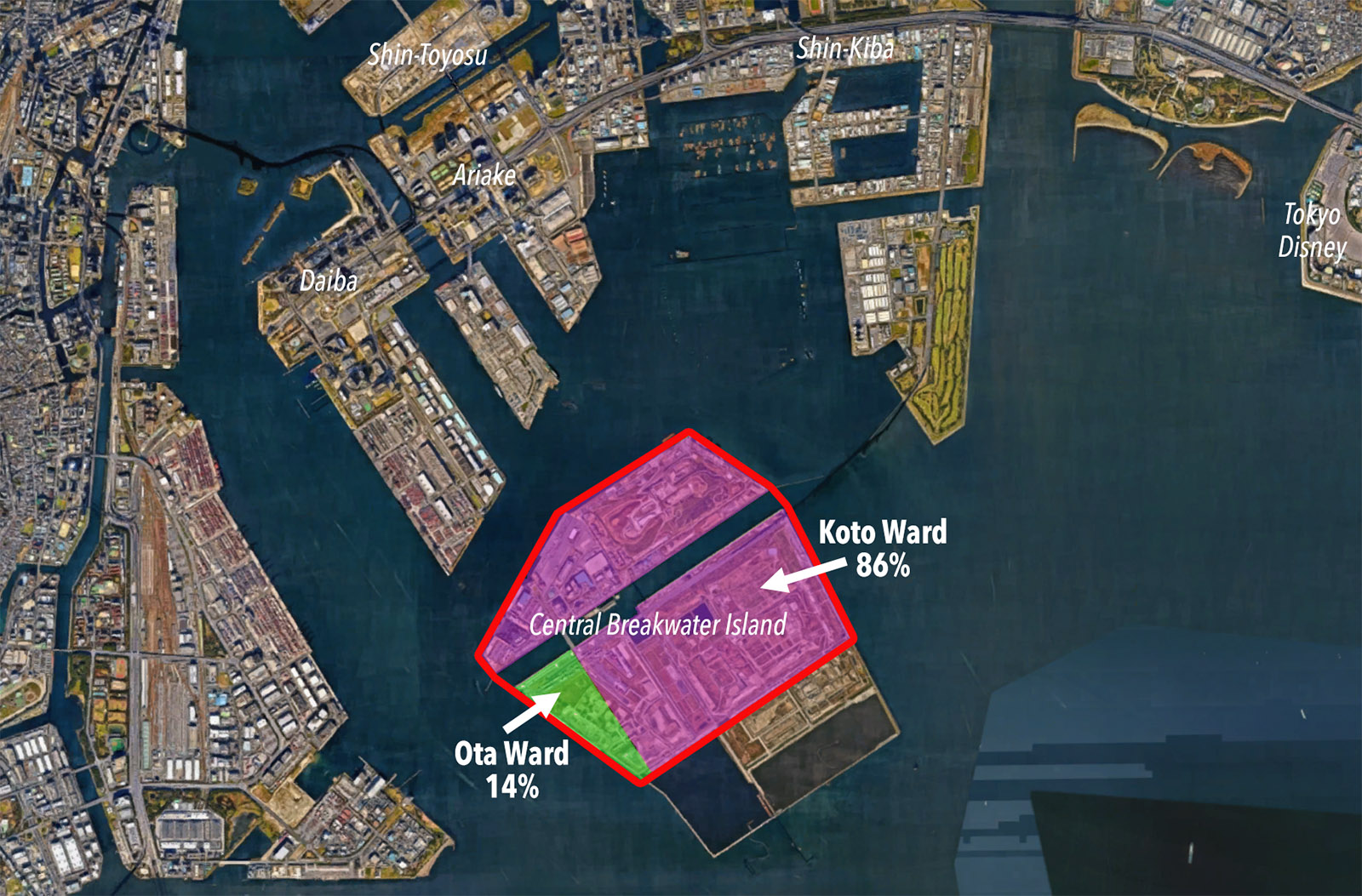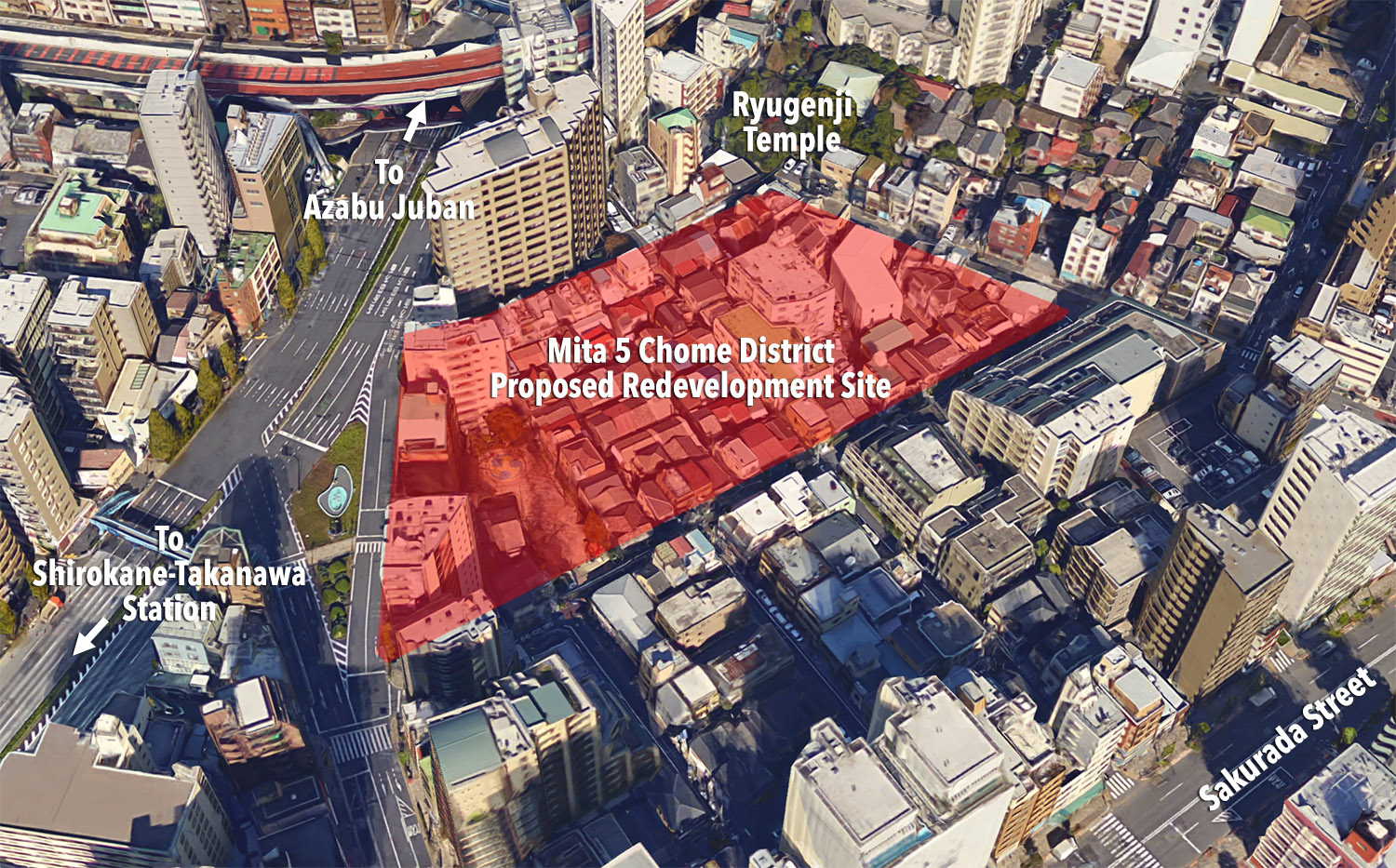Tokyo apartment sales in September 2017
October 6, 2017Japan real estate,japan real estate market,tokyo real estate,Tokyo apartment prices,Tokyo real estate market,Japan Real Estate News,Tokyo Real Estate NewsReal Estate News,Market Information,All,Tokyo

The following is a selection of apartments that were reported to have sold in central Tokyo during the month of September 2017:Read more
Double-income households supporting property prices
October 5, 2017Real Estate News,Market Information,All,Tokyo
According to the NLI Research Institute, the number of households in Japan with a total annual income of over 7 million Yen (approx. 62,000 USD) reached 250,000 in 2016, an increase of 20% since 2013.
While wage growth remains sluggish, the growing number of women entering the workforce has pushed up household incomes. The White Paper on the Labor Economy issued by the Health, Labor and Welfare Ministry reported that Japan’s female labor force in 2016 grew by 400,000 over 12 months, far exceeding the 90,000 growth in the male labor force over the same period.Read more
Land under Takashimaya Times Square Building sells for 21 billion Yen
October 4, 2017Japan real estate,japan real estate market,tokyo real estate,Tokyo real estate market,Japan Real Estate News,Tokyo Real Estate News,Shinjuku Real Estate Market,Shinjuku Real Estate NewsOffice/Retail News & Information,Real Estate News,All,Tokyo

Takashimaya has acquired the remaining 60% of the land under the Times Square Building near Shinjuku Station for 21 billion Yen (approx. 185 million USD).
The property is located on the eastern side of Shinjuku Station in Shibuya ward. The main tenants of the building include the Takashimaya department store and Tokyu Hands.
1 in 10 residents in Tokyo’s Minato ward are company presidents
October 3, 2017Real Estate News,All,Tokyo
According to data released by Tokyo Shoko Research on September 8, one in ten residents in Tokyo’s Minato ward are company presidents, making it the most highly concentrated of all of Tokyo’s 23 wards. Minato was closely followed by Chiyoda and Shibuya wards which both have a concentration of 8.62%.
Katsushika ward had the lowest percentage with 2.40%.Read more
Tokyo’s 40-year island dispute edging closer to resolution
October 2, 2017Japan real estate,japan real estate market,Reclaimed land,tokyo real estate,Tokyo real estate market,Japan Real Estate News,Tokyo Real Estate NewsAll,Tokyo

In the middle of Tokyo Bay sits a 500 hectare manmade island that has been at the center of an ownership dispute between Tokyo’s Ota and Koto wards since its creation in the 1970s.
On July 18, the Tokyo metropolitan government started mediation between the two wards. On September 29th, Tokyo presented a proposal that would allocate 86% of the island to Koto and 14% to Ota. Opposition from Ota over the split, however, could see the dispute go to court.
Tokyo’s Mita 5 Chome district to see potential residential redevelopment
September 29, 2017Japan real estate,japan real estate market,tokyo real estate,Tokyo real estate market,Japan Real Estate News,Tokyo Real Estate NewsReal Estate News,Redevelopment & Reconstruction,All,Tokyo

Residents of a 1.1 hectare block of densely-packed homes in the Mita 5 Chome neighbourhood in central Tokyo have formed a redevelopment committee with the goal of turning the site into a high-rise apartment building.
Approximately 70% of the 110 landowners are participating in the redevelopment, with Sumitomo chosen as the project partner. A town planning decision is expected in 2018.
Forecast of new apartment prices between 2017 and 2025
September 28, 2017Japan real estate,japan real estate market,tokyo real estate,Tokyo apartment prices,Tokyo real estate market,Japan Real Estate News,Tokyo Real Estate NewsReal Estate News,Market Information,All,Tokyo

According to the latest medium-term forecast by the Japan Real Estate Institute (JREI), the average price of a brand new apartment in Tokyo’s 23 wards is forecast to see annual growth rates of between 0.3 ~ 0.8% up until 2020 before starting to see a very slight year-on-year decline from 2021 onwards.
